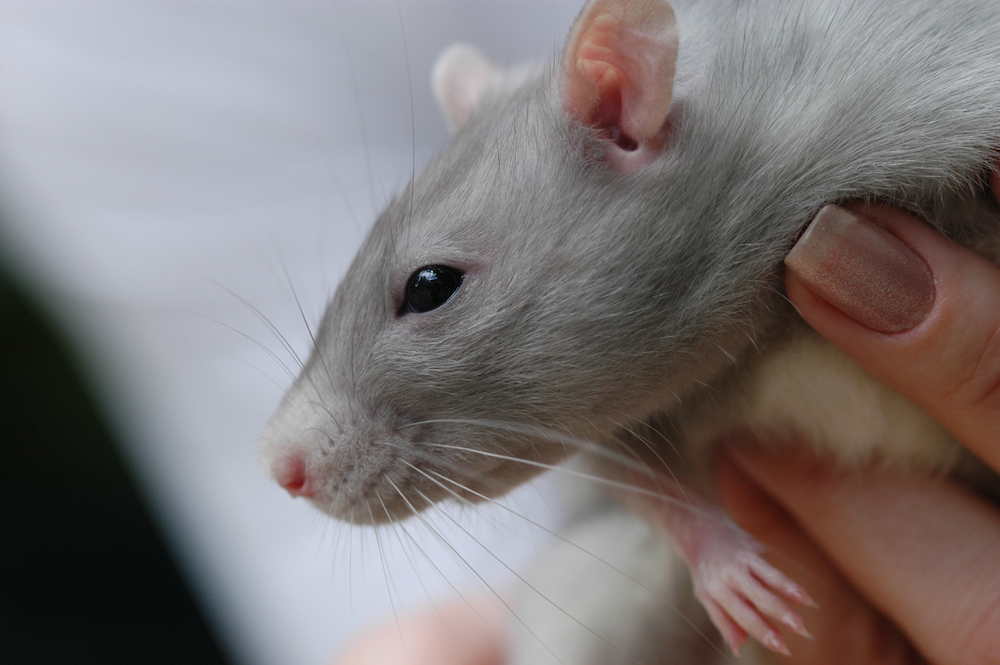More animals involved in experiments, sharp rise in use of dogs and cats


The number of registered scientific experiments with animals rose 18% to 530,568 in 2017, most of which involved mice or zebra fish, the food and product safety board NVWA said on Wednesday.
Zebra fish are being used for research into anti-cancer drugs and as part of a Europe-wide research project on hormone disruption, the NVWA said. Mice are used for various experiments but mainly in cancer research.
The increase comes despite government commitments to cut the amount of experiments involving animals. In 2015, ministers said the Netherlands aimed to be the world’s most advanced nation in terms of animal-free research by 2025.
By the end of 2017, 80 academic and scientific institutions had licences to carry out experiments involving animals. Seven new licences were granted and eight were withdrawn.
The figures also show the number of cats and dogs used in medical experiments rose by almost 50% between 2016 and 2017 and that more licences have been hand out for 2018 and beyond.
In total, 656 dogs and 89 cats were used in experiments in 2016, but a year later this had risen to 909 dogs and 200 cats, the NVWA said. Half the dogs and one third of the cats died.
Anti-vivisection campaign group Animal Rights has launched a new petition against the use of dogs and cats in experiments.
‘There is wide consensus that these animal experiments are unnecessary,’ campaign leader Robert Molenaar said. ‘That is why it is harsh that even more dogs and cats will die in such painful experiments.’
Thank you for donating to DutchNews.nl.
We could not provide the Dutch News service, and keep it free of charge, without the generous support of our readers. Your donations allow us to report on issues you tell us matter, and provide you with a summary of the most important Dutch news each day.
Make a donation